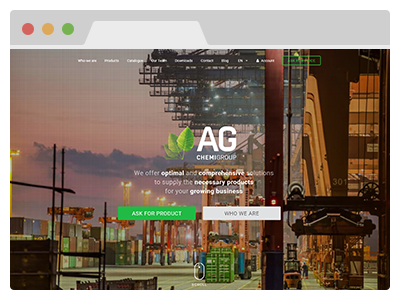 How Mussels Inspired Stronger, Stiffer, yet Flexible Polymers
11. 12. 2017
#The Plastics Industry
How Mussels Inspired Stronger, Stiffer, yet Flexible Polymers
11. 12. 2017
#The Plastics Industry

One of the biggest challenges in developing new polymers and plastics is creating a product that is both flexible AND strong. But now a team of researchers affiliated with the University of California’s Santa Barbara's Materials Research Laboratory (MRL) have discovered a process that strengthens elastomers without making them brittle. A process inspired by mussels.
Chemists have long been inspired by nature, and recent studies of mussels have given way to advances in mankind’s understanding of hydrogels. However, this latest study functions on dry polymer bonds, making it a practical solution as a potential substitute for anywhere that stiff plastics are used, “especially in impact- and torsion-related applications.”
As the research team reported in the peer review journal, Science, “Strengthening elastomers by increasing their cross-link density leads to embrittlement and decreased toughness. Inspired by cuticles of marine mussel byssi, we circumvent this inherent trade-off by incorporating sacrificial, reversible iron-catechol cross-links into a dry, loosely cross-linked epoxy network. The iron-containing network exhibits two to three orders of magnitude increases in stiffness, tensile strength, and tensile toughness … while maintaining its original extensibility.”
As the online scientific journal Phys.org reports, “The team synthesized an amorphous, loosely cross-linked epoxy network and then treated it with iron to form dynamic iron-catechol cross-links. In the absence of iron, when one of the covalent cross-links breaks, it is broken forever, because no mechanism for self-healing exists. But when the reversible iron-catechol coordination bonds are present, any of those iron-containing broken cross-links can reform, not necessarily in exactly the same place but nearby, thus maintaining the material's resiliency even as its strength increases. The material is both stiffer and tougher than similar networks lacking iron-containing coordination bonds.”
In a wet system, the network absorbs water, causing the polymer chains to stretch until they can stretch no further. However, in a dry material the polymer strands are very compact, allowing lots of room to stretch. Adding iron cross-links strengthens the material without limiting flexibility because the bonds can break. Removing the water draws the polymer chains closer together, increasing strength even more.
"We found that the wet network was 25 times less stiff and broke at five times shorter elongation than a similarly constructed dry network," explained co-lead author Emmanouela Filippidi, a postdoctoral researcher in the Valentine Lab at UCSB. "That's an interesting result, but an expected one. What's really striking is what happened when we compared the dry network before and after adding iron. Not only did it maintain its stretchiness but it also became 800 times stiffer and 100 times tougher in the presence of these reconfigurable iron-catechol bonds. That was unexpected."
"This difference between response in wet and dry systems is huge and makes our approach a game-changer in terms of synthesizing useful engineering materials for high-impact applications," explains, Megan Valentine, an associate professor in UCSB's Department of Mechanical Engineering.
Much of the new materials versatility is because it is an 'energy-dissipative plastic’. When a rubber band stretches, it stores the energy, and so bounces back when the released. The iron-catechol network is different, it dissipates the energy as it is being stretched, so it doesn’t snap back but instead slowly resumes its original shape. In this way the elastomer performs like a viscoelastic material, such as memory foam.
"It would make a great cellphone case,” adds co-lead author Thomas Cristiani, a UCSB graduate student. “because it would absorb a large amount of energy, so the phone would be less likely to break upon impact with the floor and would be protected."
Client Zone – Be in Touch with All the Important Information
Take the opportunity to register in our client zone to find complete product specifications and latest updates on our offers.
Photo credit: Santa Barbara's Materials Research Laboratory (MRL), ExploreOlympics, & UCSB
